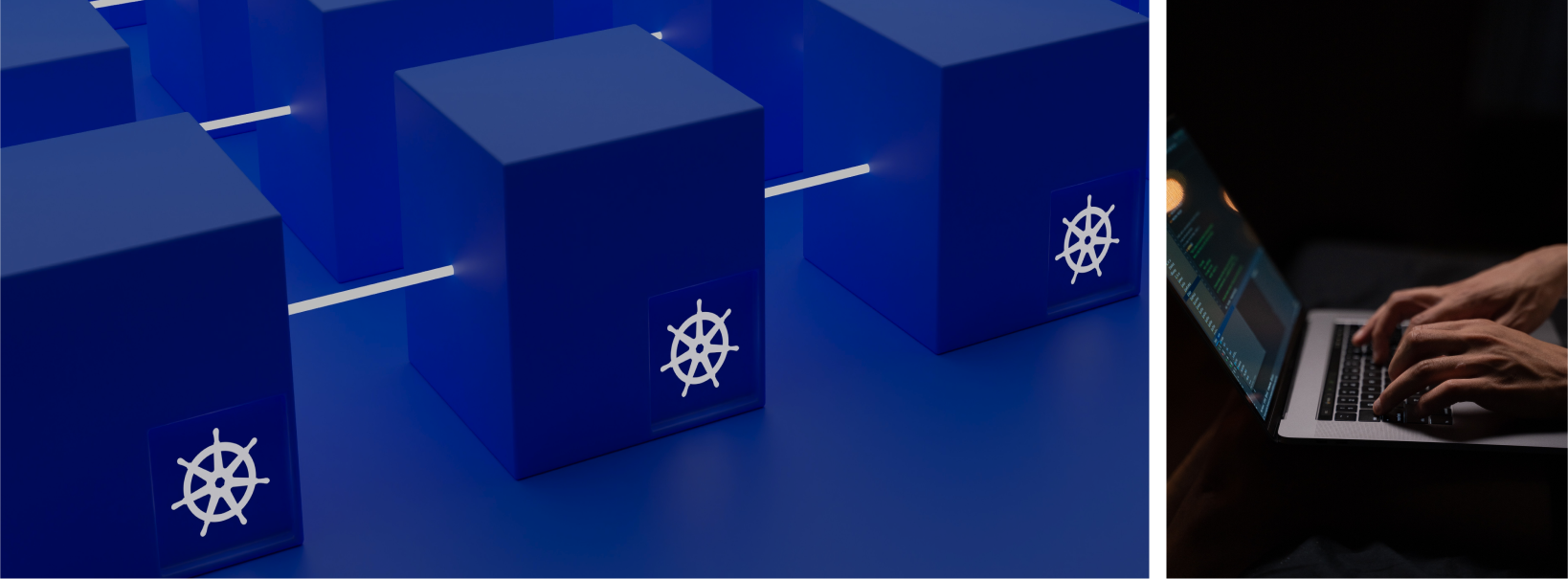
August 09, 2023

Observability provides invaluable insights into resource utilization within a Kubernetes cluster. By closely monitoring CPU, memory, and storage consumption, organizations can identify underutilized or overprovisioned resources. One effective strategy is to implement automated scaling based on observed metrics. By setting up horizontal pod autoscaling (HPA), Kubernetes can automatically adjust the number of pods based on resource utilization, ensuring optimal allocation and reducing unnecessary costs. Observability tools can provide the necessary metrics and alerts to trigger scaling actions, ensuring efficient resource utilization while minimizing expenses.
Observability extends beyond resource monitoring and encompasses comprehensive insights into application performance. By leveraging metrics, logs, and traces, organizations can identify bottlenecks and inefficiencies that impact both performance and cost.
Analyzing application performance metrics can highlight resource-intensive components or inefficient processes. For example, monitoring the response time of microservices or database queries can reveal performance issues that consume excessive resources and drive up costs. By identifying and optimizing these performance bottlenecks, organizations can reduce resource requirements, lower infrastructure costs, and improve overall application efficiency.
Furthermore, observability enables fine-grained analysis of containerized applications. By examining logs and traces, teams can uncover anomalies, errors, or inefficient processes that contribute to unnecessary resource consumption. Fixing these issues not only improves performance but also results in cost savings by eliminating wasteful resource utilization.
Effective observability practices involve proactive monitoring and alerting to identify cost-related anomalies or unexpected spikes in resource consumption. By setting up cost-aware alerts, organizations can receive notifications when certain cost thresholds or patterns are breached, enabling quick response and mitigation.
Anomaly detection plays a crucial role in cost optimization. By leveraging machine learning algorithms and statistical analysis on observability data, organizations can identify abnormal resource usage patterns. Anomalies may indicate inefficient application behavior, security breaches, or misconfigured resources that can lead to unnecessary costs. Early detection through observability-driven anomaly detection allows teams to take corrective actions promptly and avoid prolonged periods of inflated expenses.
In conclusion, observability empowers organizations to make data-driven decisions, identify cost-saving opportunities, and continuously optimize their Kubernetes environments. By embracing observability as a core practice, businesses can strike a balance between cost efficiency and application performance, ultimately driving greater value and ROI from their Kubernetes deployments.
